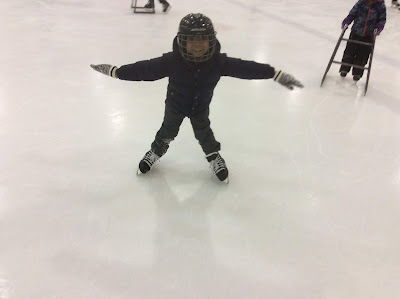This image can be found at the mathcoachscorner.com
I wanted to share the newest strategy the students are practising for adding and subtracting larger numbers (two digit numbers).
Most adults were taught the addition algorithm. Most adults do not know that this algorithm is used in North America but is not as popular in other countries. It is not important which way you solve an addition or subtraction equation (and ultimately use that method in everyday encounters with problems such as when one is buying items in a store or trying to calculate how many beads you might need to complete a craft project).
What our Alberta curriculum is asking us to do is to expose the students to a variety of strategies that may resonate with a particular student and that they can use to be successful. Over the years what I have observed is that by exposing the students to these practises and asking them to try them out, the students begin to understand that tens need to be added together and that ones need to be added together. When they understand that concept (which we easily understand as adults because we have had so much practise), then when the algorithm is introduced, they understand what they are trying to achieve when they follow the steps of the algorithm.
We worked on the strategy of using an open number line and 'jumping' in chunks such as 10s, or 5s or 2s or 1s. This strategy shows the students that adding means the final sum will be larger and that when the numbers are subtracted, you are going to have a final smaller number, because you started with the larger number and moved down the number line.
Now this week the students are working on the splitting method shown at the top of the chart. I call it the 'pull down' method because the students pull down the ones to add them together, pull down the tens to add them together and then add the tens and ones to find the final sum. Next week we will be working on the same strategy but with subtraction.
I get that this is different for you. Please trust in this process. In the end, it is not the final correct answer that we are trying to get to. That will be achieved with practise. It is the understanding of what adding larger numbers or subtracting large numbers will result in, that is important. The process of how to get there is not the same for all minds.
Later in March, the students will be introduced to our traditional algorithm. I believe that this practise of the strategies will make them understand the steps of the way you know how to add and subtract, clearer in their mind.






















